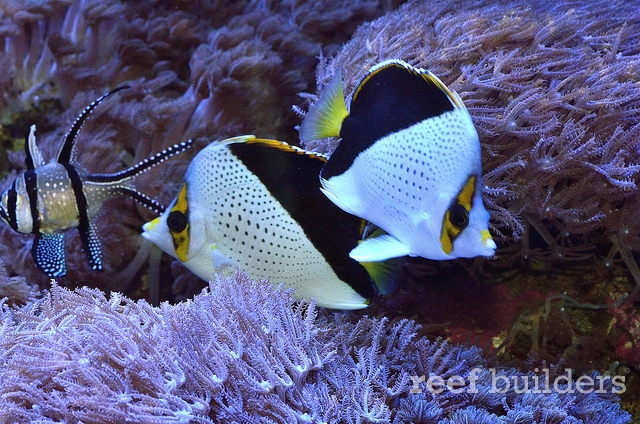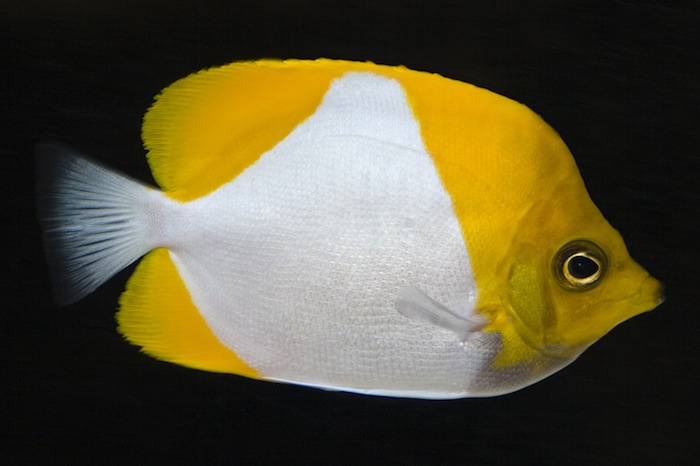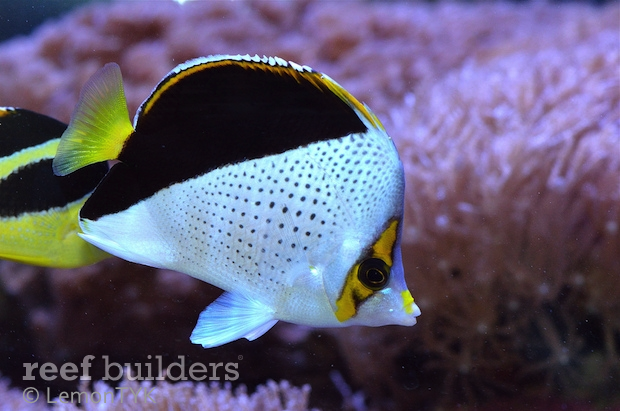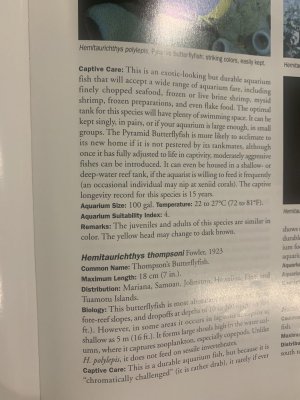- Joined
- Mar 6, 2020
- Messages
- 5,603
- Reaction score
- 3,473
Hi guys, I just checked the images of my LFS’s Heniochus Bannerfish, and unfortunately it turns out they’re all the H. Acuminatus variety. H. Diphreutes is almost impossible to find in China. As an alternative, I would like to know if there is a reef safe Butterflyfish alternative that fits the bill when it comes to:
1. Can be kept by a beginner, hardy and disease resistant enough.
2. Smaller, no larger than 8”.
3. Can be introduced early / into a fairly new tank as I know they’re peaceful fish.
4. Can be kept as a pair or small group in a 6 foot 180
5. Not a rare and expensive fish.
Thanks.
1. Can be kept by a beginner, hardy and disease resistant enough.
2. Smaller, no larger than 8”.
3. Can be introduced early / into a fairly new tank as I know they’re peaceful fish.
4. Can be kept as a pair or small group in a 6 foot 180
5. Not a rare and expensive fish.
Thanks.



















